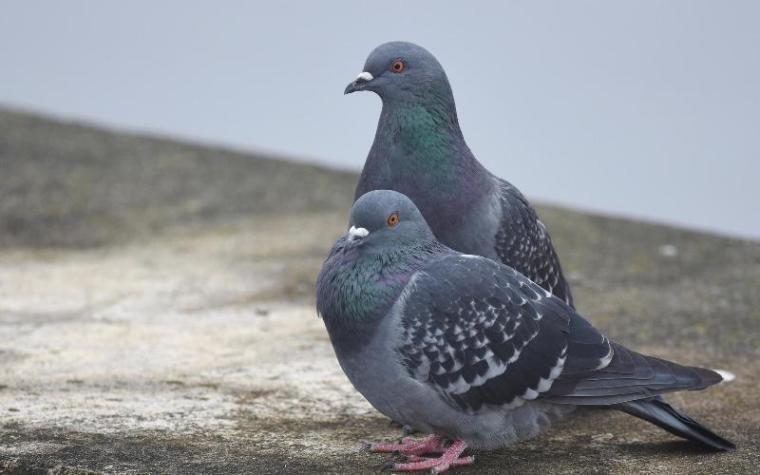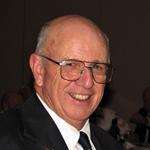
Some time back, senior Christian Today writer Sheelagh Wegman wrote an article about pigeons which reminded me of the loft my brother and I had at my parent’s home in Hornsby, NSW.
Were in our early teens in the 1960s and for some reason I can’t remember, decided we would like to race pigeons, albeit we knew nothing about it.
First, get some pigeons.
Let me reiterate, we knew nothing about pigeons or racing them.
However, there were plenty in the nearby railway yard where grain trucks were unloaded so, with a few kilos of wheat laced with brandy from mum’s pantry, we spread the concoction around and waited.
Sure enough, 20 minutes later there were dizzy pigeons everywhere, several of which went into a cage and home.
Where to we keep them? What do you feed them?
It was the fastest built pigeon loft you’ve ever seen by two kids who knew very little about building or architecture but it sufficed in the short term.
Pigeon peas, we soon learnt, were available from the local produce store and we were on our way.
In time we constructed a proper loft with a breeding bay and a one-way entry port where the birds could re-enter after having been flown.
The first pigeons, mostly the common, grey-barred birds didn’t consider the loft their home but their offspring did and they were the ones we flew.
A year later we joined the local homing pigeon club, received bands for our birds and started flying the young ones over short distances, gradually increasing their flying times as both them and us gained more confidence.
The Tumblers
Interestingly, we found a few of our birds were ‘tumblers.’ This means they would fly for a few minutes and then tumble out of the sky as if they’d been shot but before coming too low, off they’d go flying again.
We kept some for fun, they’d never make ‘homers’ but were nice to have around.
We did race a few unofficially just to see how they’d go and soon learnt our common railway yard pigeons didn’t have the breeding to be in the same league as those bred for racing.
It was like a Melbourne Cup winner racing an old brumby.
While still at school, there was no way were could afford to buy well-bred birds and so our dreams of winning trophies and prizemoney soon turned into drifting smoke.
We kept the birds for a few years; we flew them occasionally up to distances of about 160km, lost a few to hawks and while they were nice to have around, we both moved on with our lives, the pigeon loft came down and the birds were all released.
Dad liked to have them around.
Some 20 or so years later when visiting mum and dad, I noticed there were plenty of pigeons hanging around our side of the electric train sheds behind the house and dad said there were the offspring of our ‘racing’ flock. He would feed some of them occasionally – not something I would recommend – but dad liked to have them around.
Mum and dad of course, passed from this world a few years ago, the house was sold well before then and I sometimes wonder what the new owners thought of these blessed pigeons in the backyard.
Looking back with 100 percent hindsight I realise it was ‘dumb’ of us to think our ill-bred railway yard birds could ever compete against properly bred racing pigeons but just the same, these ‘mongrel’ pigeons kept returning home, no matter how far we flew them.
Pigeons and kids
I was involved as a leader in children’s ministry as a leader for about 30 years and I was always aware of the verse in Proverbs chapter 22 verse 6 (NIV), “Start children off on the way they should go, and even when they are old they will not turn from it.”
Just like the pigeons, they knew their way home.
Our eldest son is a full-time school chaplain and Boys Brigade leader, our second son is a Baptist minister and our daughter works for BushKids, visiting, training and ministering all around Southern and Central Queensland.
We are a blessed family.

John Skinner served as an infantry soldier in Vietnam then the Tasmanian Police before taking up the position of CEO of the Australian Rough Riders Association (professional rodeo based in Warwick Qld). Before retirement to his small farm, he was a photo-journalist for 25 years. He is married with 3 children and 7 grandchildren.